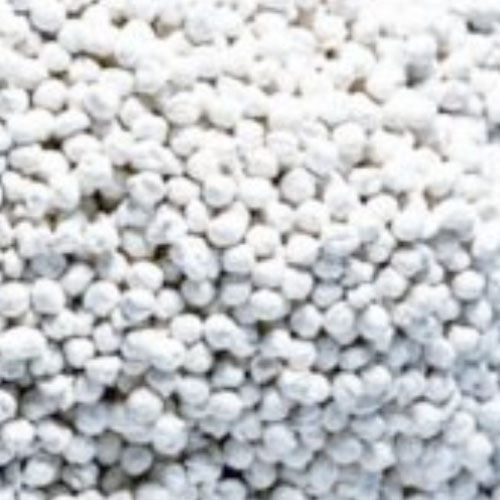Granules for CO2 absorption, container size canister, 5 L
delivery time: 1 week
|
||||||||||||||||||||
|
- Container size 5 liters With the CO2 absorption granules, KWERK offers a high-performance absorbent with consumption display for the absorption of carbon dioxide (CO2) in industrial applications. Ventilation filters for waste water systems and cooling water (deionate), as well as shelters and rescue rooms. The consumption indicator of the absorbent shows the carbon dioxide saturation by changing color from white to violet and is therefore the externally visible signal for replacing the soda lime. The special pill shape ensures that low resistance and long periods of use are offered. Only a uniform shape creates an even fill and thus also a reproducible absorption behavior. The large internal absorption surface of the pills ensures a high absorption capacity for acid gases. At the same time, the shape ensures that abrasion resistance remains high and dust pollution remains low. Furthermore, the uniform shape enables low resistance and ensures long periods of use. The uniform bed prevents the formation of channels. Typical applications: - Ventilation filters for sewage systems - Supply air filter for cooling circuits in power plants (deionate) - Shelter and rescue rooms in mining - rescue trains Technical specifications: Grain size: 2 – 4 mm Bulk density: 730 – 930 g/L CO2 absorption capacity: 23% by weight CO2 absorption capacity: 158 L CO2/kg (depending on the application parameters and the absorption system) General protective measures: Avoid contact with eyes and skin! Do not inhale dust! The product is non-flammable! Storage: Only in cool and well-ventilated rooms in the original container Keep containers tightly closed! Do not store together with acids ! Storage temperature: 5 to 40°C, shelf life: 5 years The storage temperature must not exceed 50°C! Hazard-determining components of labelling: calcium and sodium hydroxide No dangerous goods |
|
|||||||||||||||||||
Information:
|
|||||||||||||||||||||||||||||||||||||
Effective CO2 Absorption for a Sustainable Future! |
|
CO2 absorption using lime is a chemical process that involves removing carbon dioxide (CO2) from a gas stream by reacting it with lime (calcium hydroxide). This process is commonly employed in industrial facilities to reduce CO2 emissions and mitigate environmental impact. The CO2 absorption process with lime can be described as follows:- Lime Introduction: Lime in the form of powder or granules is introduced into an absorber or reactor. The absorber is connected to a gas stream containing CO2. - Reaction with CO2: The CO2 in the gas stream reacts with lime, forming calcium carbonate (limestone). The reaction can be represented by the following equation: CO2 + Ca(OH)2 → CaCO3 + H2O. - Formation of Calcium Carbonate: The resulting calcium carbonate is formed as a solid substance and accumulates in the absorber. It can exist as limestone or in other forms. - Removal of Absorbed CO2: To ensure continuous CO2 absorption, the deposited limestone is periodically removed from the absorber. This can be done through mechanical methods such as scraping or chipping. - Regeneration of Lime: The separated limestone undergoes a regeneration stage where CO2 is separated from calcium carbonate. This results in the formation of calcium oxide (quicklime) and CO2. The quicklime can be reintroduced into the absorber to continue the process. The CO2 absorption process using lime offers an effective method for reducing CO2 emissions in various industries such as power plants, cement manufacturing, and other high-emission facilities. By reacting lime with CO2, the greenhouse gas is removed from the gas stream and bound in a solid form, leading to a reduction in CO2 burden. |
Optimize your shopping experience with our detailed delivery information |
Partnership at the highest level. |
|
|
|
|
|
|
|













































